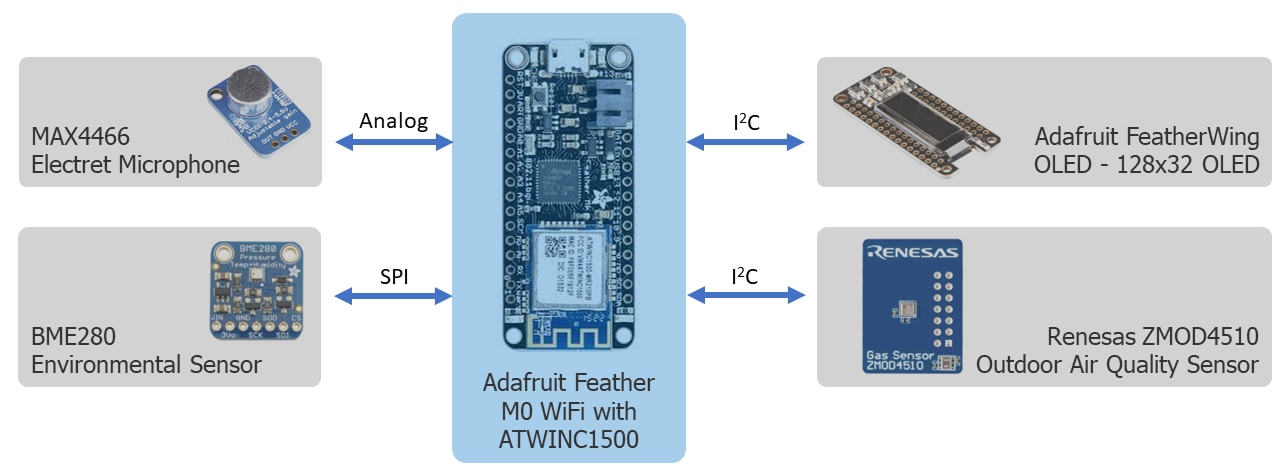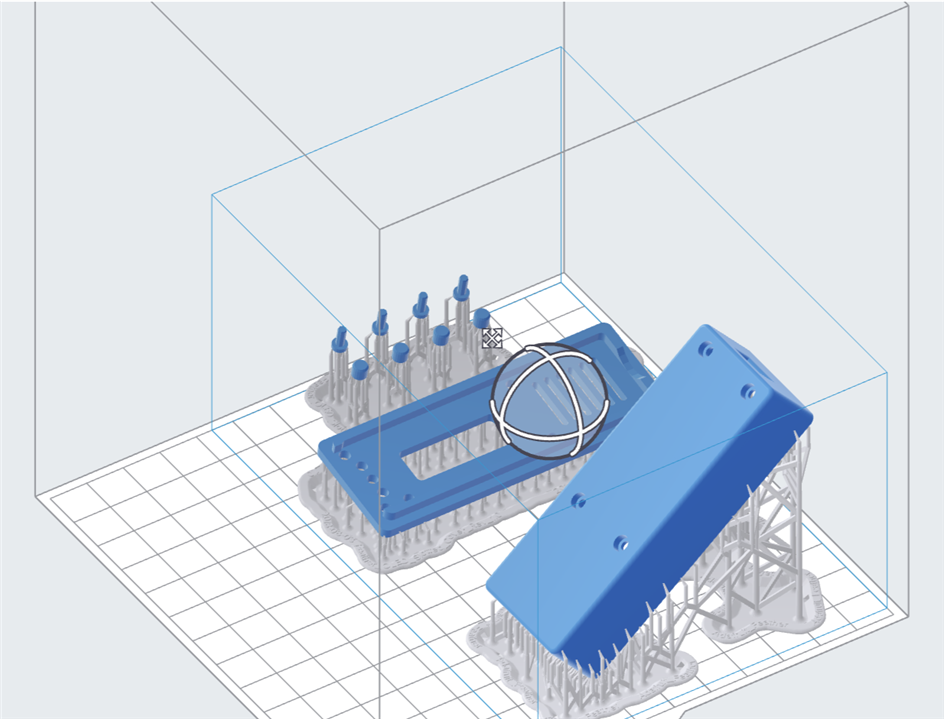Challenger - ZMOD4510 - Outdoor Air Quality Sensor
Hello element14 Family,
After reading the following papers, I ultimately made the decision to measure noise in addition to air pollution:
Impact of Noise and Air Pollution on Pregnancy Outcomes (apparently traffic may affect birth weight through exposure to both air pollution and noise)
- Noise Effects on Health in the Context of Air Pollution Exposure (environmental noise is ranked second in terms of disability adjusted life years lost in Europe)
- The impacts of short-term exposure to noise and traffic-related air pollution on heart rate variability in young healthy adults (noise is an important factor influencing the effects of air pollution on heart rate variability)
- Environmental stressors and cardio-metabolic disease: part I–epidemiologic evidence supporting a role for noise and air pollution and effects of mitigation strategies
After considering a variety of hardware solutions and doing several tests with the following:
- Arduino MKR WAN 1300
- Raspberry Pi Zero W with Adafruit Bonnet
- Feather M0 Bluefruit
- Node MCU ESP32
I eventually choose to utilize the Adafruit Feather M0 WiFi with ATWINC1500, topped with a FeatherWing OLED - 128x32 OLED to display the individual exposure over a 24 hour period, for the low power logger option. The Cortex M0+ SAMD21 processor was the primary factor in the decision, since it would easily allow the deployment of the code utilizing the Renesas library and other associated peripherals.
Additionally, “The ATWINC has much lower power usage, about 12mA for the WINC & 10mA for the ATSAMD21 with auto-power management on for the WiFi and no power management for the ARM. With manual power management, you can get the WiFi module to down to ~2mA by putting it to sleep. This is compared to the ESP's ~70mA average current draw, and whose deep sleep mode requires a WDT reset” – Adafruit
The logger may be triggered via the onboard WiFi to push the data to the cloud or the phone in a burst transmission, and the entire system is powered by a 3.7V 400 mAh LiPo battery.
The final system architecture looks like this:

and all of that would be wrapped in an SLA printed case for easy portability!

Update: According to Section 5.5 Environmental Temperature and Humidity of ZMOD4510 Datasheet,
"The sensor module is tested, qualified, and functional in the operation range of -40°C to +65°C. Figure 2 shows the module’s sensitivity for OAQ 1st Gen during operation to variations in relative humidity while stimulated with 100ppb nitrogen dioxide (NO2). Due to the low influence of humidity, there is no additional humidity measurement and no algorithmic compensation necessary for OAQ 1st Gen. In OAQ 2nd Gen operation, an additional temperature and humidity measurement is recommended and the algorithm has an auto-compensation included. If no temperature and humidity data are provided as input, the algorithm will use default values, which may lead to an offset of ±1 EPA level according to Table 6."
Hence, as we will be operating the sensor in Operation Mode 1: OAQ 1st Generation, which allows a general measurement of Air Quality, including non-selective measurement of nitrogen dioxide (NO2) and ozone (O3), an additional environmental sensor might not be needed.
P.S. An interesting layout article about the Raspberry Pi Zero 2W I came across when deciding on the hardware: https://www.etechnophiles.com/rpi-zero-2w-board-layout-pinout-specs-price/
Next Blog Series: Summer of Sensors Design Challenge - In The Air Tonight – Blog #3 (Interfacing)
